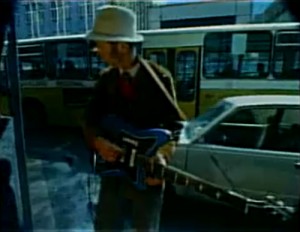 Flying Nun are celebrating their 30th anniversary this month, so I figured I should join in the fun. This week, for an afternoon special, I’m going to look at five of my favourite Flying Nun videos prior to the introduction of the NZ On Air music video funding. First up, S.P.U.D.
Flying Nun are celebrating their 30th anniversary this month, so I figured I should join in the fun. This week, for an afternoon special, I’m going to look at five of my favourite Flying Nun videos prior to the introduction of the NZ On Air music video funding. First up, S.P.U.D.
—
You know how Auckland is quite cool but how there are also bits of it that are a bit crap? “Breakdown Town” is the perfect theme tune of that Auckland. It’s crunchy and slithery and on the verge of falling apart, and – as YouTube commenter Flipper1974nz says – “SO DIRTY”.
Stuart Page’s video focuses less on the band and more on the city. A few familiar landmarks can be seen, including One Tree Hill back in its innocent tree days, but much of the video is a street-level look at life.
Making an electrifying cameo appearance is John Hartles, the notorious Queen Street busker. Using an electric guitar, he appears for some blistering guitar action outside Smith and Caughey. By the way, worth a watch is filmmaker Andrew Moore’s 1996 documentary on John Hartles.
Crowded roads, demolition sites, state housing, and a rapidly cut montage of signs and scenes from all over the central city. Even though little is readily identifiable as Auckland, collectively it can only be Auckland, that dirty Auckland of the early ’90s.
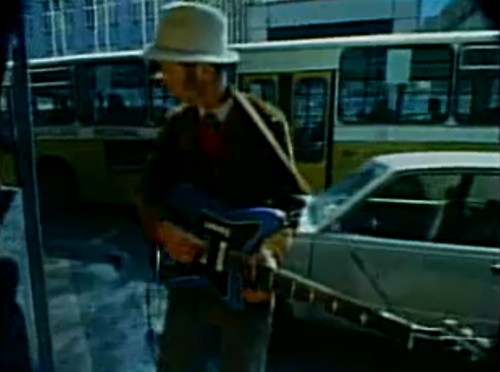
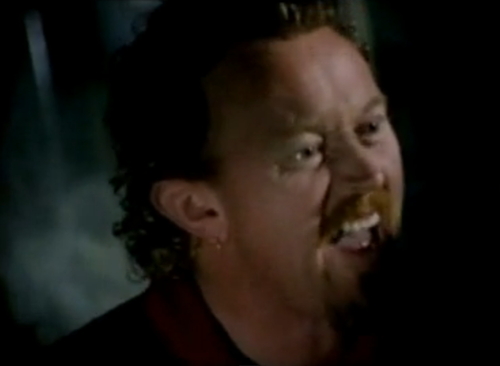
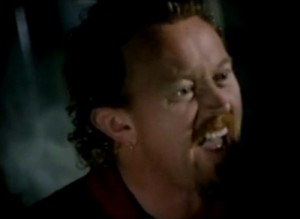 Finally, Dave Dobbyn. Finally you grace us with your presence. Dave is a man of many appearances, so I feel it is important that these be logged. In “Language”, Dave wears a goatee beard, but it should be noted that in 1994, goatees were very hip. Although, like any youth fashion, that hipness did not necessarily extend to dads.
Finally, Dave Dobbyn. Finally you grace us with your presence. Dave is a man of many appearances, so I feel it is important that these be logged. In “Language”, Dave wears a goatee beard, but it should be noted that in 1994, goatees were very hip. Although, like any youth fashion, that hipness did not necessarily extend to dads.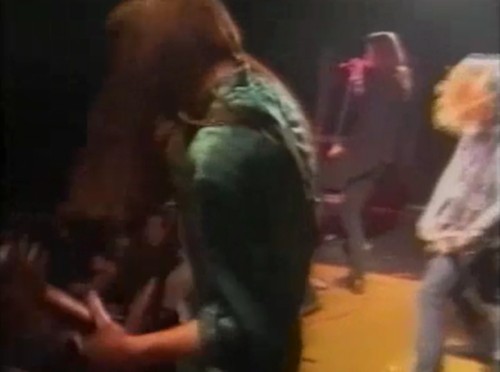
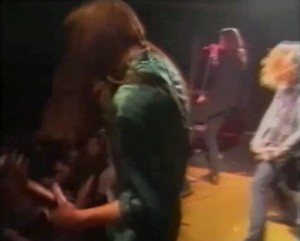 In their previous music videos, Dead Flowers have disguised their long-haired metal origins with visual trickery (grape-eating gothesses, sinister science labs!). But “Home” is taken from genuine live performance and there’s hair galore.
In their previous music videos, Dead Flowers have disguised their long-haired metal origins with visual trickery (grape-eating gothesses, sinister science labs!). But “Home” is taken from genuine live performance and there’s hair galore.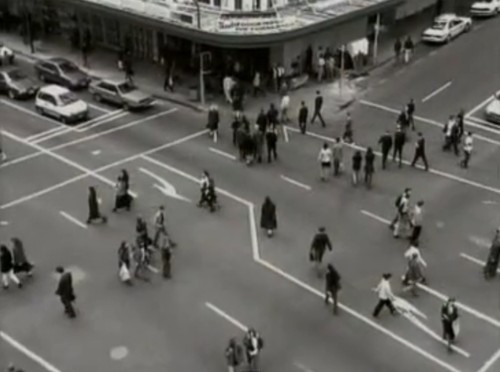
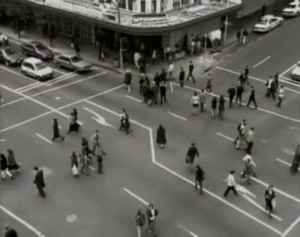 Supergroove, average age 19, get soulful. “I walk around this town. There’s buildings closed, the windows are boarded,” Che Fu murmurs, while the band struts around a very lively looking Queen Street. Irony?
Supergroove, average age 19, get soulful. “I walk around this town. There’s buildings closed, the windows are boarded,” Che Fu murmurs, while the band struts around a very lively looking Queen Street. Irony?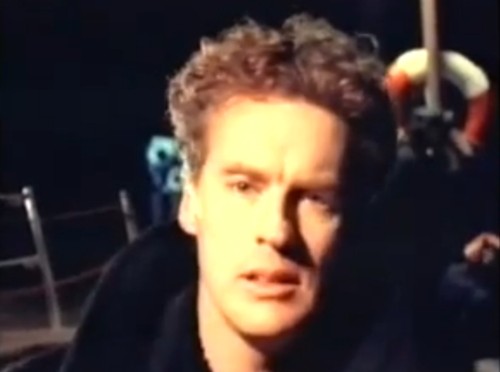
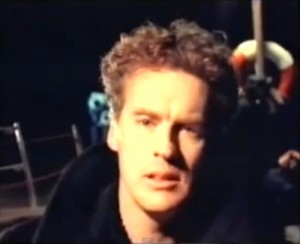 “Anchor Me” was released two months after “Ngaire” but they were funding-round buddies. And like “Dominion Road”, there was also a UK version of “Anchor Me”.
“Anchor Me” was released two months after “Ngaire” but they were funding-round buddies. And like “Dominion Road”, there was also a UK version of “Anchor Me”.

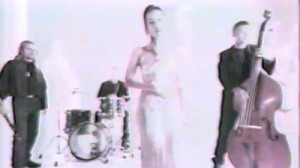 There was something odd with this video and I couldn’t work out what. Then suddenly I realised – there are only two close-ups of Sulata. Most of the video is a wide shot of Suluta and her band – a double-bassist, drummer and oboe player. And it’s an awkward wide shot. The oboe player doesn’t have a lot to do and jigs about, at one stage raising the oboe to his lips, before realising there’s still a few more bars left until the oboe kicks in.
There was something odd with this video and I couldn’t work out what. Then suddenly I realised – there are only two close-ups of Sulata. Most of the video is a wide shot of Suluta and her band – a double-bassist, drummer and oboe player. And it’s an awkward wide shot. The oboe player doesn’t have a lot to do and jigs about, at one stage raising the oboe to his lips, before realising there’s still a few more bars left until the oboe kicks in.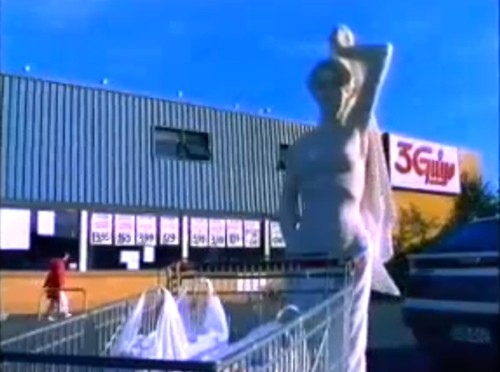
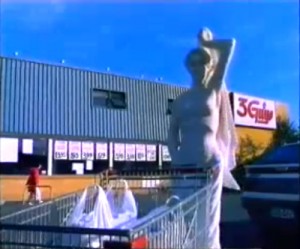 A man, played by actor and comedian Alan Brough, is stood up at an airport when his Ngaire doesn’t make her flight. The airport footage captures the simultaneous tedium and excitement of airports. But where is Ngaire?
A man, played by actor and comedian Alan Brough, is stood up at an airport when his Ngaire doesn’t make her flight. The airport footage captures the simultaneous tedium and excitement of airports. But where is Ngaire?
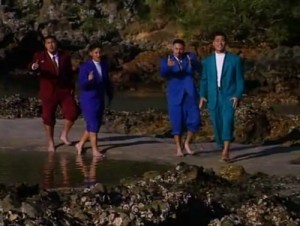 As the cruel hand of history would have it, Purest Form are best known for their barbershop quartet performance in the
As the cruel hand of history would have it, Purest Form are best known for their barbershop quartet performance in the 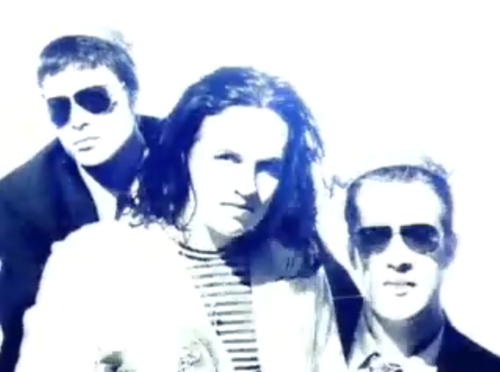
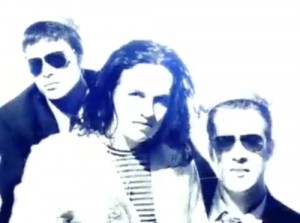 The song and the band have the same name because the band used to be called the Nixons and took their new name from their album (and song) called Eye TV. I don’t remember the band from this stage. They had quite a different vibe from their later work.
The song and the band have the same name because the band used to be called the Nixons and took their new name from their album (and song) called Eye TV. I don’t remember the band from this stage. They had quite a different vibe from their later work.